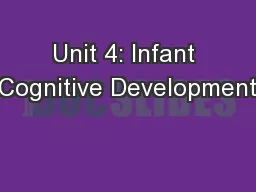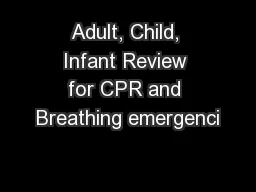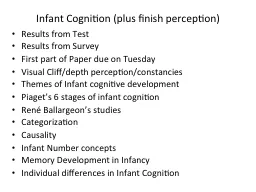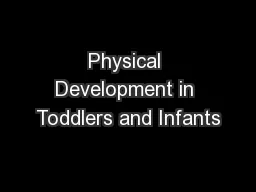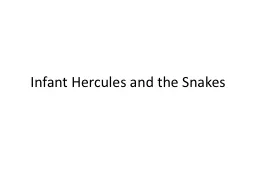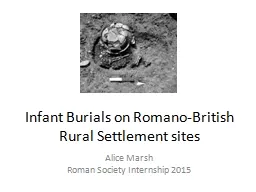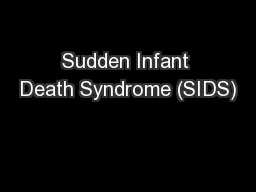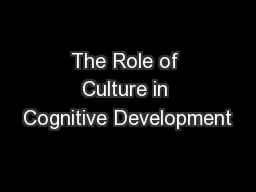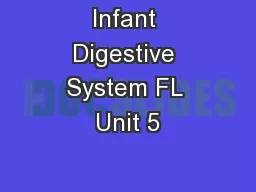PPT-Unit 4: Infant Cognitive Development
Author : briana-ranney | Published Date : 2018-10-11
2 Infants learn primarily through their senses perceptions This is why they put everything in their mouth Examples of others the environment and how they
Presentation Embed Code
Download Presentation
Download Presentation The PPT/PDF document "Unit 4: Infant Cognitive Development" is the property of its rightful owner. Permission is granted to download and print the materials on this website for personal, non-commercial use only, and to display it on your personal computer provided you do not modify the materials and that you retain all copyright notices contained in the materials. By downloading content from our website, you accept the terms of this agreement.
Unit 4: Infant Cognitive Development: Transcript
Download Rules Of Document
"Unit 4: Infant Cognitive Development"The content belongs to its owner. You may download and print it for personal use, without modification, and keep all copyright notices. By downloading, you agree to these terms.
Related Documents

